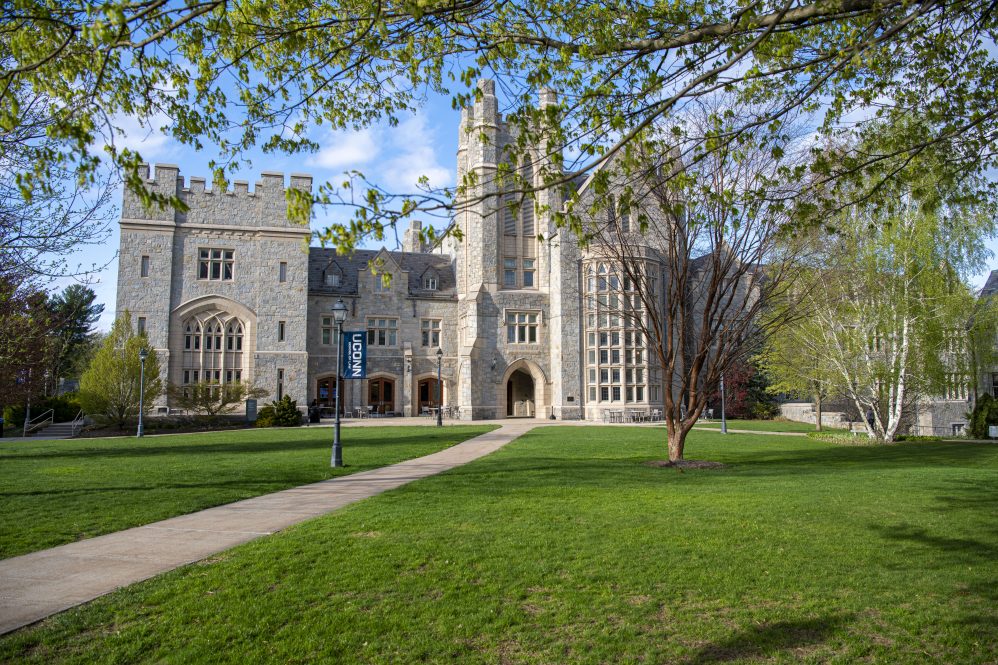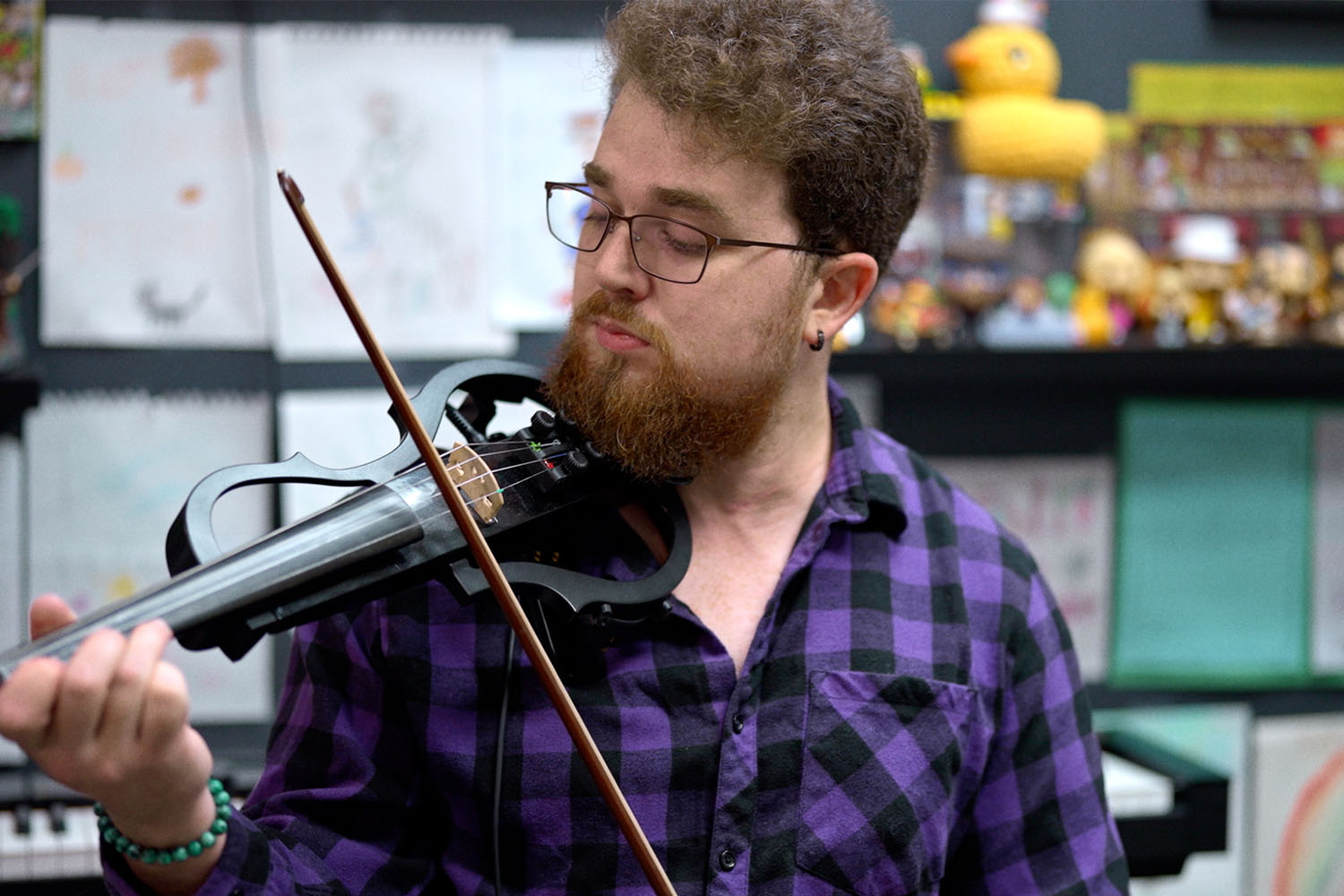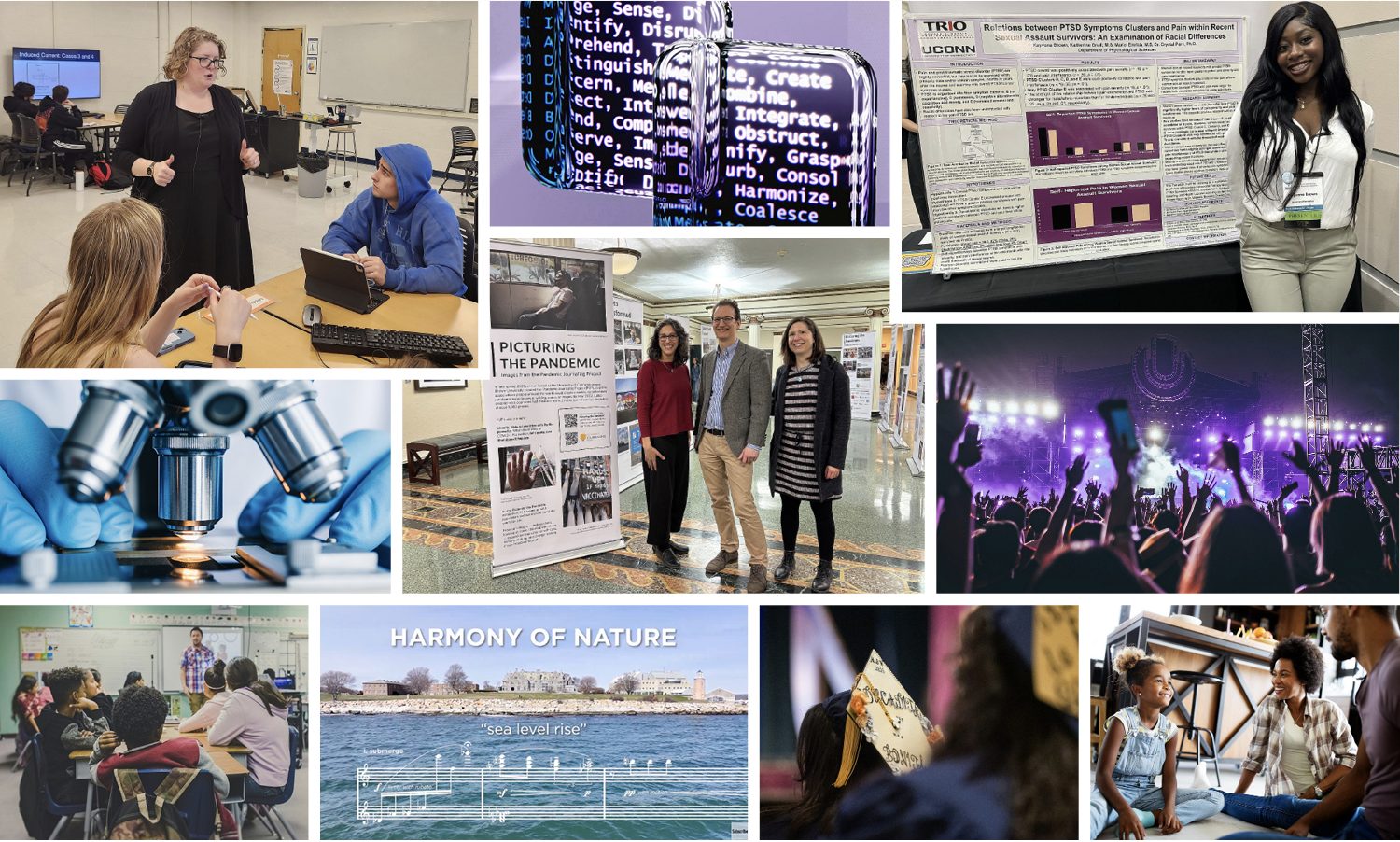UConn School of Law is once again on the rise in the U.S. News & World Report Best Law Schools rankings, moving up five points to a rank of 50. The School’s part-time Evening Division program is ranked seventh in the country, up from tenth in last year’s edition.
“At UConn Law, our dedication to excellence is unwavering, and we work diligently to ensure the success of our students and institution,” says Dean Eboni S. Nelson. “We have extraordinary faculty, staff, students, and alumni whose collective achievements drive our progress. I am proud and greatly appreciative of their many contributions to UConn Law and beyond.”
UConn Law’s employment outcomes and bar passage rates are strengths recognized by U.S. News & World Report. Approximately 96 percent of the Class of 2023 was employed 10 months after graduation or enrolled in graduate studies. Among graduates who took the Connecticut bar exam for the first time in July 2023, 84 percent passed, which was 17 points above the state average.
The Class of 2024 enjoyed similar achievements, with an 85 percent first-time Connecticut bar exam passage rate. Approximately 93 percent of the Class of 2024 was employed 10 months after graduation or pursuing graduate studies.
“These metrics reflect many of UConn Law’s qualities, such as academic rigor; career preparation; and a supportive, inclusive campus,” says Nelson. “Through our scholarship, teaching, and programs, we are addressing some of the greatest legal challenges facing our country and world. We take great pride in our commitment to serving our community through our experiential and pro bono programs while advancing the rule of law. As funding for non-profits and legal services providers is increasingly scarce, our mission to help close the access to justice gap is more crucial than ever.”



